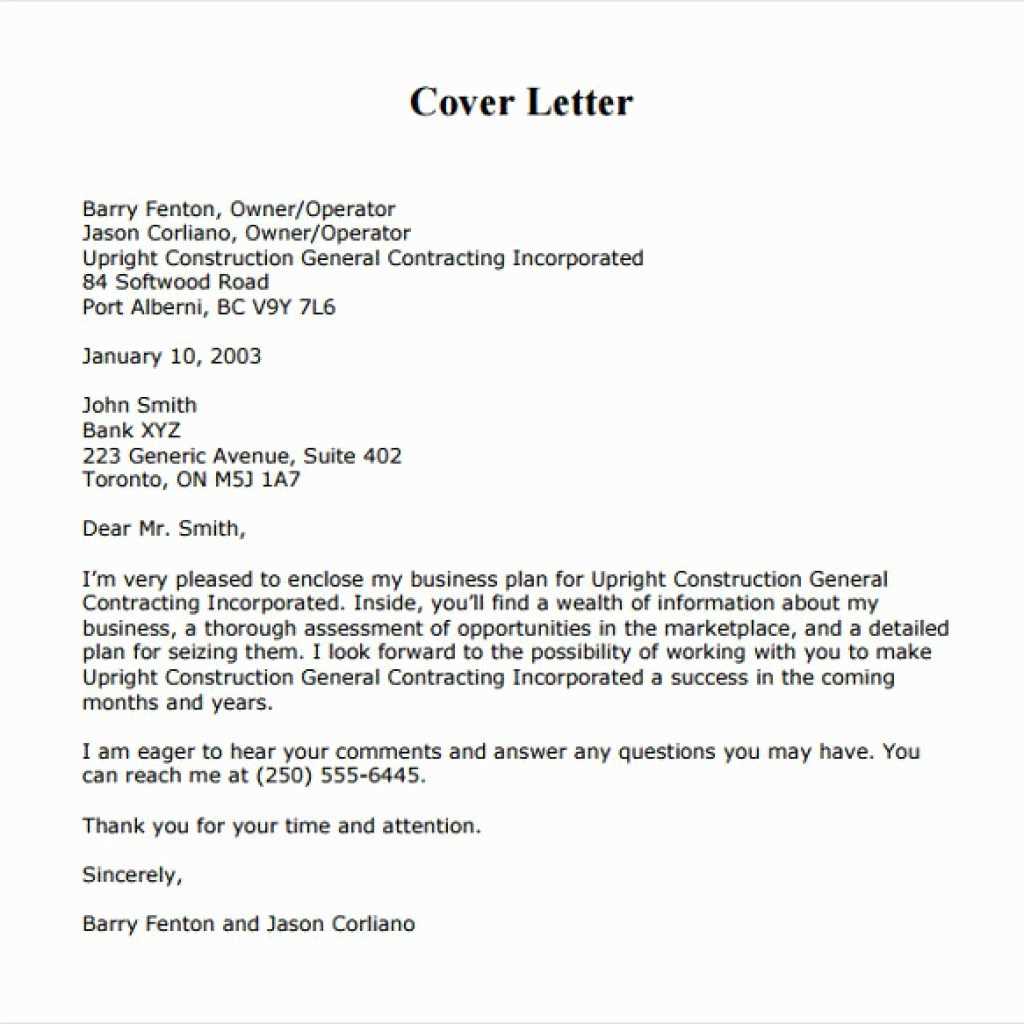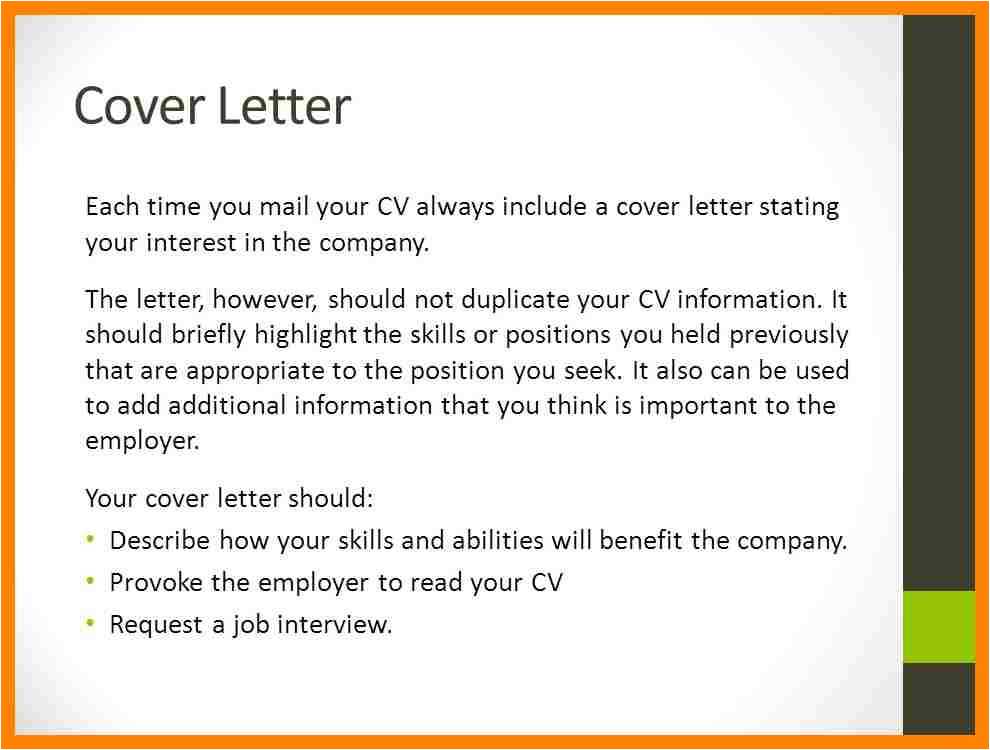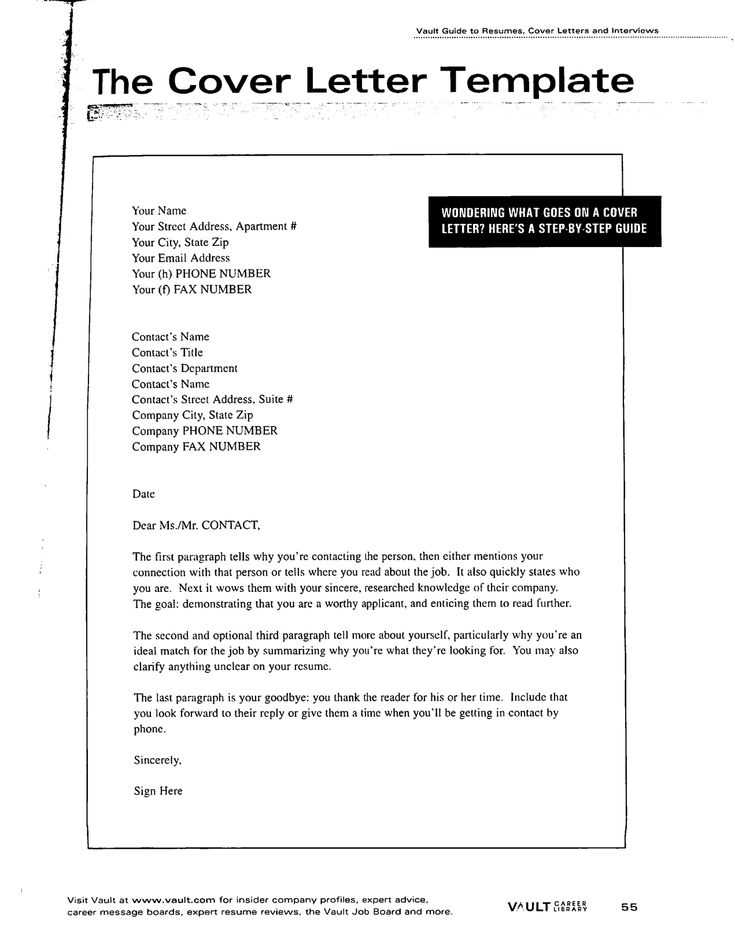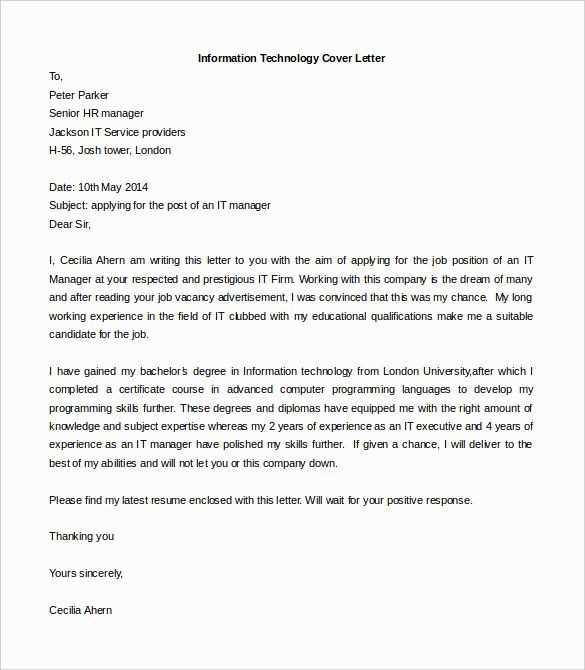Draft Cover Letter Template for Your Job Application

When applying for a position, one of the most important tasks is crafting a professional document that introduces you to potential employers. This document allows you to highlight your skills, experience, and why you are the best fit for the job. A well-written piece can make the difference between securing an interview or being overlooked.
Understanding the structure and key components of such a document is essential. Knowing what to include, how to personalize it for each role, and avoiding common errors can help make your application stand out. With the right approach, your document will not only showcase your qualifications but also demonstrate your professionalism and attention to detail.
How to Create a Strong Cover Letter
To make a lasting impression on potential employers, it’s important to create a compelling introduction that highlights your most relevant qualifications. A strong application document will clearly demonstrate your suitability for the role while showcasing your communication skills and enthusiasm. The key is to structure your message in a way that aligns your background with the employer’s needs.
Start with a Clear Introduction

Your opening paragraph should grab the reader’s attention immediately. Make sure to:
- State the position you are applying for.
- Introduce yourself in a professional manner.
- Highlight your excitement about the opportunity.
Highlight Your Relevant Skills and Experience
Focus on the skills and experiences that directly relate to the role. Ensure you:
- Provide examples of past achievements or tasks you have completed.
- Show how your experience aligns with the company’s goals or needs.
- Emphasize your ability to contribute to the company’s success.
Understanding the Purpose of a Cover Letter
When applying for a job, it’s essential to provide more than just a list of qualifications. A well-crafted introduction serves as a personal introduction to your professional background and explains why you are the ideal candidate for the position. It gives potential employers a chance to understand your motivation, experience, and why you are interested in their organization.
Making a Strong First Impression
The main goal of this document is to create a positive and lasting first impression. It allows you to:
- Personalize your application and stand out from other candidates.
- Explain how your skills can benefit the company.
- Provide context to your resume or CV in a more conversational tone.
Conveying Your Professionalism and Enthusiasm
Besides showcasing your qualifications, this introduction also communicates your enthusiasm for the role and the organization. By highlighting your alignment with the company’s values or goals, you show potential employers that you are genuinely interested and not just seeking any job.
Key Elements to Include in Your Draft
When preparing your application document, it’s important to incorporate several key components that will make your message clear, engaging, and professional. Including the right information helps to ensure that your message is compelling and tailored to the role you’re applying for. Each section should contribute to presenting your qualifications effectively while maintaining a strong, positive tone.
Essential Sections to Cover
Your document should be structured in a way that highlights your best attributes while remaining easy to read. Below is a breakdown of the key elements that should be included:
| Section | Description |
|---|---|
| Introduction | State the position you’re applying for and briefly introduce yourself. |
| Experience | Discuss relevant work experience and achievements that align with the job requirements. |
| Skills | Highlight specific skills that make you a strong candidate for the role. |
| Closing | Express your interest in discussing the position further and thank the employer for considering your application. |
Personalizing Your Message
In addition to the essential sections, it’s important to personalize your application by showing how your background aligns with the company’s values and needs. This not only demonstrates your interest in the role but also conveys your genuine enthusiasm for becoming part of the team.
Customizing Your Letter for Different Jobs
When applying for various roles, it’s crucial to tailor your application to each specific position. A one-size-fits-all approach is rarely effective, as different employers look for unique skills and qualifications. By customizing your document, you show that you have a genuine interest in the position and that you’ve taken the time to understand the company’s needs.
Researching the Company and Role

Before crafting your application, take time to research the company and job description thoroughly. This will allow you to:
- Identify the key skills and qualifications the employer is looking for.
- Understand the company culture and align your tone accordingly.
- Highlight relevant experiences that make you a strong fit for the specific role.
Adjusting Your Skills and Achievements
Each job requires a different set of qualifications and strengths. It’s important to emphasize the skills and achievements that align with the job description. Focus on:
- Skills that are specifically mentioned in the job posting.
- Experience that showcases your ability to meet the unique challenges of the role.
- Demonstrating how your background can directly contribute to the company’s success.
Common Mistakes to Avoid in Drafting
When preparing your application, it’s easy to overlook some common errors that can diminish its effectiveness. These mistakes can reduce the impact of your message and make it harder for employers to see your potential. Avoiding these pitfalls ensures that your application stands out for the right reasons and presents you as a professional candidate.
One common mistake is failing to tailor the content to the specific job and company. Sending a generic application without addressing the employer’s unique needs can make you appear less invested. Another error is focusing too much on your skills and not enough on how those skills can benefit the company or role. Always emphasize how your qualifications align with the position.
Additionally, grammatical errors or lack of attention to formatting can make your application appear careless. It’s important to proofread thoroughly and ensure that your document is both well-structured and error-free. By addressing these common mistakes, you will significantly improve your chances of making a lasting impression.
Tips for a Professional and Polished Tone

Maintaining a professional and polished tone in your application is essential for making a positive impression on potential employers. A well-crafted message should convey respect, enthusiasm, and professionalism, while showcasing your qualifications in a clear and approachable way. Striking the right balance between formality and friendliness will help you stand out as a serious yet personable candidate.
Maintain Formal Language
While it’s important to show your personality, always lean towards a formal tone. Here are some tips:
- Avoid using overly casual language or slang.
- Stick to clear, concise sentences without being too informal.
- Use professional greetings such as “Dear [Hiring Manager]” rather than more casual forms.
Be Respectful and Courteous

Politeness goes a long way in establishing a respectful rapport with the reader. To maintain a courteous tone:
- Express gratitude for the opportunity to apply.
- Refrain from making demands or overly confident statements.
- Show eagerness to contribute without sounding presumptuous.
How to Edit and Review Your Draft
Once you’ve completed your application, the next critical step is to review and refine it. Editing ensures that your message is clear, concise, and free from errors, making it more compelling to potential employers. A thorough review helps catch mistakes you might have missed initially and gives you an opportunity to improve the overall flow and tone of your document.
Start by reading through the entire document carefully. Look for any grammatical or spelling errors that could distract from your message. Then, focus on improving sentence structure and clarity. Ask yourself if every section supports your qualifications and demonstrates your enthusiasm for the role. It may be helpful to read the document aloud to ensure the tone sounds natural and professional.
Finally, consider asking a friend or colleague to review your document. A fresh set of eyes can catch mistakes or inconsistencies that you might have overlooked. After incorporating any feedback, proofread again to ensure your application is polished and ready for submission.